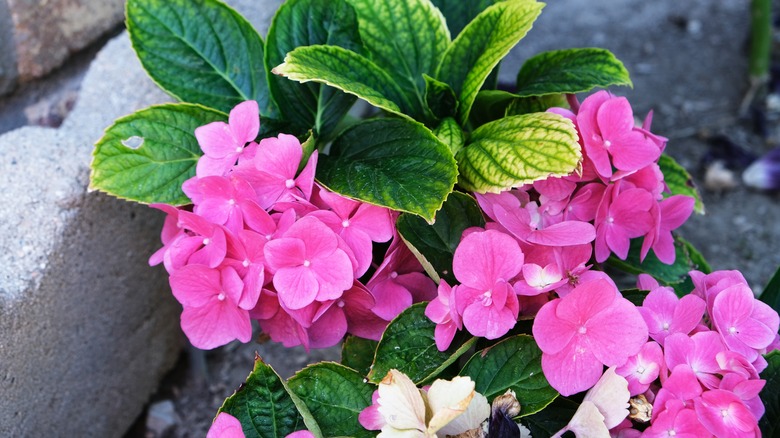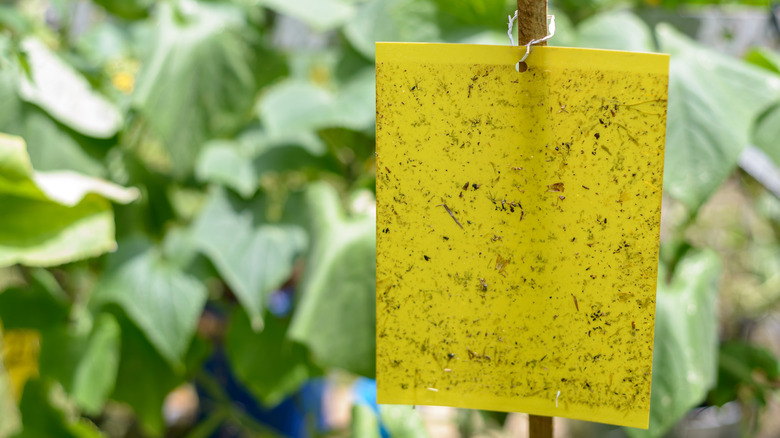Hydrangeas are a welcome addition to any garden. However, these delicate beauties can fall prey to an all too common foe — the aphid. These tiny sap-sucking insects can wreak havoc on your hydrangeas, causing stunted growth, distorted yellow leaves, and discoloration. However, by implementing some simple strategies, such as properly caring for your plant, introducing natural allies, and immediately taking care of visible aphids, you can significantly reduce the risk of an infestation and keep your hydrangeas thriving.
When it comes to planting hydrangeas, location matters. Plant your hydrangeas in well-draining soil with partial sun exposure. Crowded conditions invite aphids, while healthy, airy environments discourage them. Consider planting taller companions nearby to provide shade and attract beneficial insects and natural aphid predators like ladybugs and lacewings.
In the end, a healthy plant is a resilient plant. To properly care for hydrangeas, provide a balanced fertilizer according to their specific needs, typically in spring and early summer. Strong, well-nourished hydrangeas are better equipped to resist aphid attacks and more apt to bounce back from damage.
Encourage natural allies and discourage ant helpers

An easy way to stave off aphids is to welcome their enemies. Ladybugs, lacewings, and hoverflies can become your garden’s aphid-battling heroes. You can encourage their presence by attracting them to your garden. Planting enticing flowers they enjoy feeding on, like dill, fennel, oregano, and thyme, provides nectar and pollen for these beneficial insects. Avoid using broad-spectrum insecticides, as they can harm these friendly predators along with the pests. Additionally, you can plant aromatic herbs, such as garlic, dill, fennel, leeks, chives, and cilantro, to repel aphids.
Next, you’ll want to disrupt the ant-aphid association because ants and aphids often have a symbiotic relationship. Ants use aphids for their sugary honeydew secretions while protecting them from predators. To disrupt this co-dependent partnership, use ant baits or barriers around your hydrangeas. These will deter ants and make it harder for them to reach the aphids.
If you notice aphids, act quickly

With a little planning and effort, you can shield your plants and enjoy their vibrant beauty throughout the season. Always remember that prevention is key, and it’s much easier to deter aphids than to have an infestation and have to figure out how to get rid of them. Another deterrent is the use of sticky traps. Simply place sticky traps near your hydrangeas to attract and capture aphids before they reach your plants. Then, regularly monitor the traps and replace them when full.
Sometimes, despite your best efforts, aphids can still infest your hydrangeas. Even if aphids haven’t infested your plants, it is important to remember to regularly inspect your hydrangeas for early signs of aphid activity, such as curled leaves, sticky sap, and the presence of the insects themselves. Early detection allows for swift action and prevents larger infestations. By implementing these proactive measures, you can create a garden environment that discourages aphids and keeps your hydrangeas blooming beautifully.



